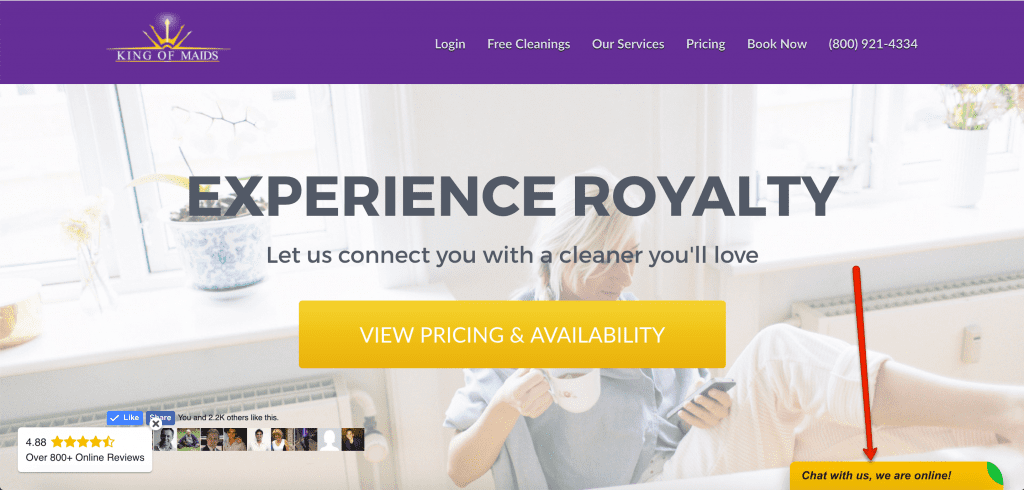Online businesses rely on automation for a great deal of their day-to-day operations. From the initial lead generation phase through to customer support, automation can become a valuable asset in your company. Automation can, however, lead to mediocre results and poor service when business owners rely on it without any proper methodology. It would be virtually impossible for a modern online business to not automate some tasks, but the right tools and approach need to be used. The following examples are areas where automation can help, while still ensuring you keep the human touch:
Use Email Segmentation
Email sequences can be set up to run for as long as you require. You could add an opt-in form to a page, build a sequence of messages, and let them run consistently. You can offer a better experience and improve your results, though, when you spend time segmenting audiences. Subscribers can be segmented into different lists based on their actions. For example, a subscriber who buys a product can then join a customer list, ensuring they don’t receive more messages about the same product. It is also useful to create new messages for your list, allowing you to comment on timely news and events.
Automate the Sales Journey
In order to maximize sales, nurturing new leads will be vital. Leads need to be taken on a journey from the initial contact to making a purchase. This journey won’t always be direct, though, and may require follow-up messages and different sales techniques. A product like BookingKoala lets you build booking forms and lead forms, making automated adjustments based on the decisions taken. As long as you set up the campaigns effectively, you won’t need to be involved in many stages of the process.
Add a Chatbot

The ability to chat to a customer support worker provides a better user experience and can increase conversion rates on a website. While some businesses use a live chat system, it is also possible to get great results with a chatbot. You can teach the chatbot to answer most common questions, while also updating it whenever it is unable to answer a question. Additionally, chatbots can store user information, so you can build a database of leads. If conversations become too complex, a real person can step in and respond to the issue.
Automate Aspects of Paid Advertising
Paid advertising typically requires a lot of user interaction, with the possibility of losing money on campaigns. There are ways, though, to integrate automation alongside your own input. Facebook lets you create a lookalike audience to an existing customer audience, helping you to replicate successful campaigns. Facebook will use their wealth of data to find you the best audience, so you can step back from campaigns. You can also use Facebook, AdRoll, and others to retarget people who visit your site, but leave without buying.
Streamline SEO
SEO is another process that requires user input, but you can automate various processes to improve your results. Tools like SEMrush and Ahrefs will monitor a huge number of keywords, looking at the sites ranking for these terms. You can then analyze why certain sites are ranking, looking at backlinks and on-page optimization. Finally, you can monitor your rankings across all appropriate keywords, making it possible to analyze results over a period of time. Attempting to complete these processes manually would take a great deal of time, but they can go on in the background when you automate them.
Automate Parts of Social Media
Social media is an area of business that can be time-consuming due to the need to be active and engaged with followers. It is important to monitor your social media accounts, listening to feedback and responding to followers. You can, however, use social tools to set up your posting schedule into the future. A tool like Agorapulse lets you bulk upload posts, allow evergreen content to be reposted, and constantly monitor the type of content that is resonating with audiences.
For many online businesses, automation tools could be the vital factor that lets them scale up. Many entrepreneurs get used to performing every task within their business, being reluctant to give up control. However, there will be many tasks that don’t require as much human input as others. Adding automation to these areas lets you focus on different areas, while still providing customers with a personal experience. You never want to remove the human touch from your business, but a clear strategy based around automation can make a big difference to your operations.
